The 7 Habits of Highly Effective People, written by Stephen Covey in 1989, is a classic that stands the test of times. This one talks about the basics and attempts to reflect the nuances of human behaviour to the reader as an unbiased mirror! Below is my interpretation of the book –
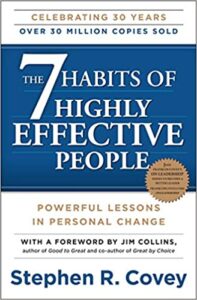
Paradigms
- Before we get to attitude and habits, it is critical to understand our paradigm. It is a map! Let’s say if you want to reach somewhere in Delhi and get a map of Mumbai, you’ll be frustrated. Even if you condition your habits and attitude to remain positive, you’ll be happy wherever you are, but you’d still be lost! Your attitude will help you overcome the obstacles when you get the right map. Character ethic and personality ethic are such paradigms!
- Our paradigms are the objective reality whereas we as individuals have experiences with these paradigms which are described as subjective reality. The way we see the problem is the problem!
Setting the right approach with our Paradigm
- The inside-out approach says that private victories precede public victories, that making and keeping promises to ourselves precedes making and keeping promises to others. Outside-in paradigm mostly results in unhappiness. People who focus on changing others, complaining and counting other people’s mistakes and feel external environment is responsible for their own stagnant situation operate with the outside-in approach. We must work with the inside-out approach!
- Sow a thought, reap an action; sow an action, reap a habit; sow a habit, reap a character; sow a character, reap a destiny!
- Max effort is required during lift-off. Once we break out of the gravity pull, our freedom takes on a whole new dimension. Same things happen with habits. Habit is defined as an intersection of knowledge, skill and desire
Maturity
- Maturity is a continuum from dependence to independence to interdependence (as a baby to adulthood to maturity). A journey from ‘You’ to ‘I’ to ‘We’
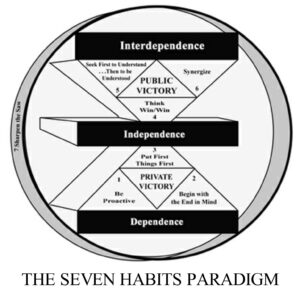
The P/PC Framework
- Effectiveness lies in the balance of P (production)/PC (production capability). There are 3 kinds of assets –
-
- Physical
- Financial
- human.
- Important to invest in PC to maintain P of assets (eg goose with the golden eggs)
- The way we need to analyse is from 2 mirrors: personal (self-awareness) and social (perceptions and projections).
Habit 1: Be Proactive
- In simple terms, Our behaviour is a function of our decisions, not our conditions
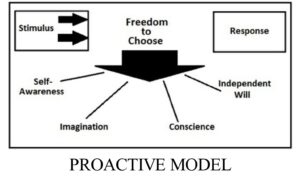
- The ability to subordinate an impulse to a value is the essence of the proactive person. Reactive people are driven by feelings, by circumstances, by conditions, by their environment. Proactive people are driven by values – carefully thought about, selected and internalized values. A person who can say I am what I am today because of the choices I made yesterday
- Viktor Frankl (a Holocaust survivor) suggests there are 3 central values in life –
-
- the experiential (that happens to us)
- the creative (which we bring into our existence)
- the attitudinal (our response in difficult circumstances). Attitudinal being the most important.
- Is love a verb or a feeling? For longevity, it is the verb (actions) that lead to the feeling!
- Circle of Concern (things that we are concerned about; it’s a list of have’s eg if only I have this or that) and Circle of Influence (things you can do something about; it’s a list of be’s eg I can be more patient).
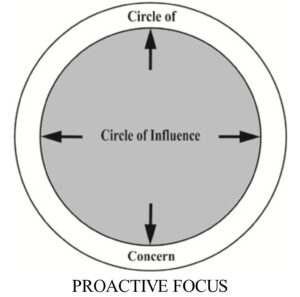
- Your past is in your circle of concern but not in circle of influence. This might cause some pain but we need to be conscious about it.
- The commitments we make to others and ourselves, and our integrity to those commitments, is the essence and clearest manifestation of our pro-activity
Habit 2: Begin with the End in Mind
- Begin today with the image, picture, or paradigm of the end of your life as your frame of reference or the criterion by which everything else is examined
- It is incredibly easy to get caught up in activity trap, to work harder in climbing the ladder of success only to discover it is leaning against the wrong wall. It’s easy to be busy- very busy- without being effective
- All things are created twice, first in the mental picture and then the physical manifestation. Remember the carpenter’s rule – measure twice, cut once
- Leadership is the first creation, management is the second creation. The busy management can be clearing a forest while the leader climbs the tallest tree and yells “wrong jungle” whereas the busy management might say “shut up, we’re making progress “. Be your own first creator
- Imagination and conscience are the two tools to make it happen. Tie yourself to your limitless potential instead of limiting past. Write your mission statement
Habit 3: Put First Things First
- Habit 3 is the personal fruit, the practical fulfilment of habits 1 & 2.
- Effective management is putting first things first. While leadership decides what first things are (the right brain), it is management that puts them first, day by day, moment by moment (the left brain). Management is discipline, carrying it out
- Organise and execute around priorities. Difference between urgent and important
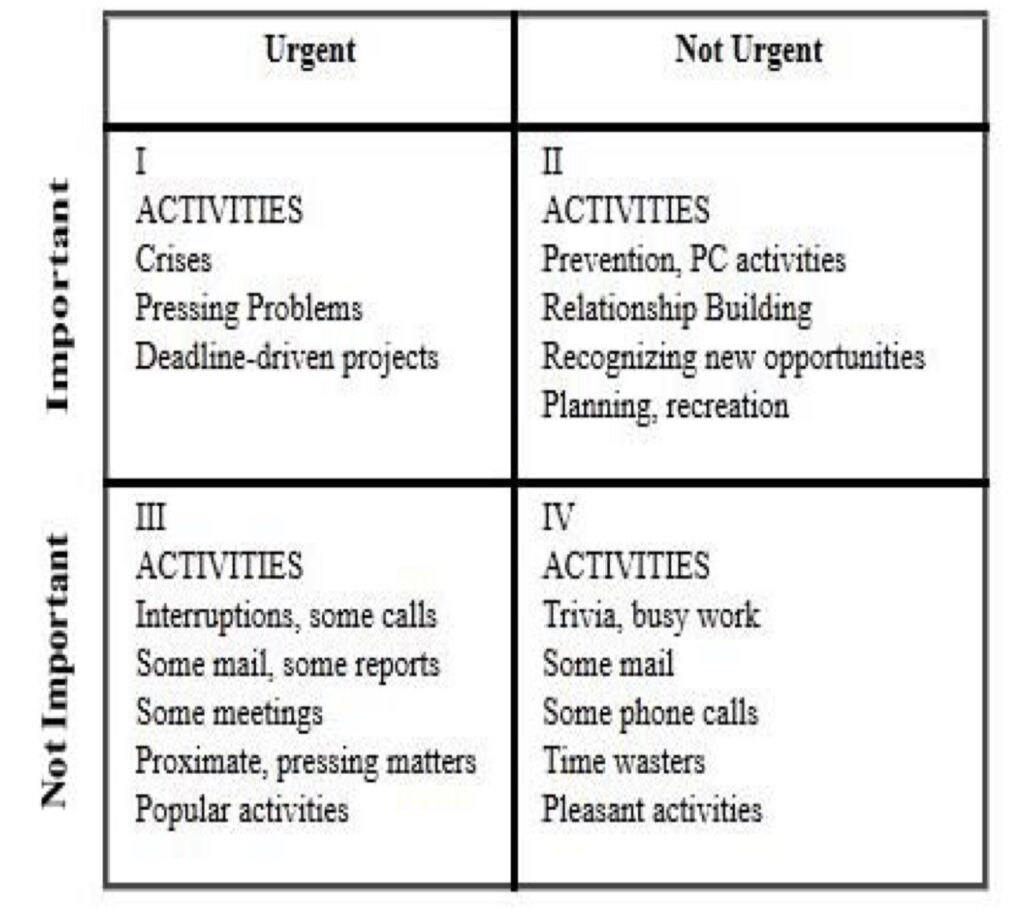
- Urgent is something we react to, something that is right in front of us. Importance has to do with results. It contributed to your mission
- Pitfalls –
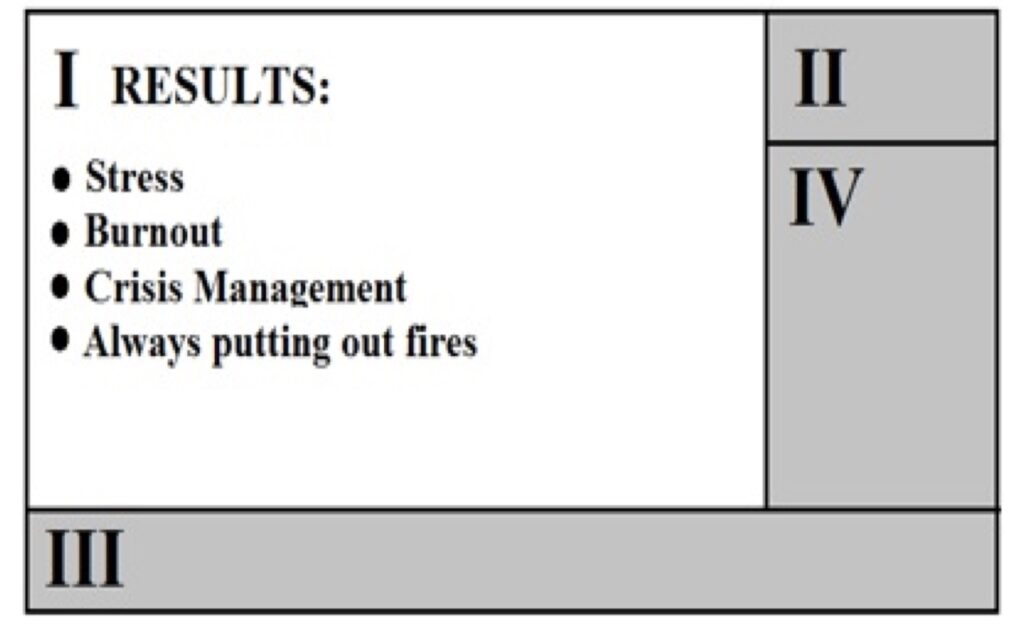
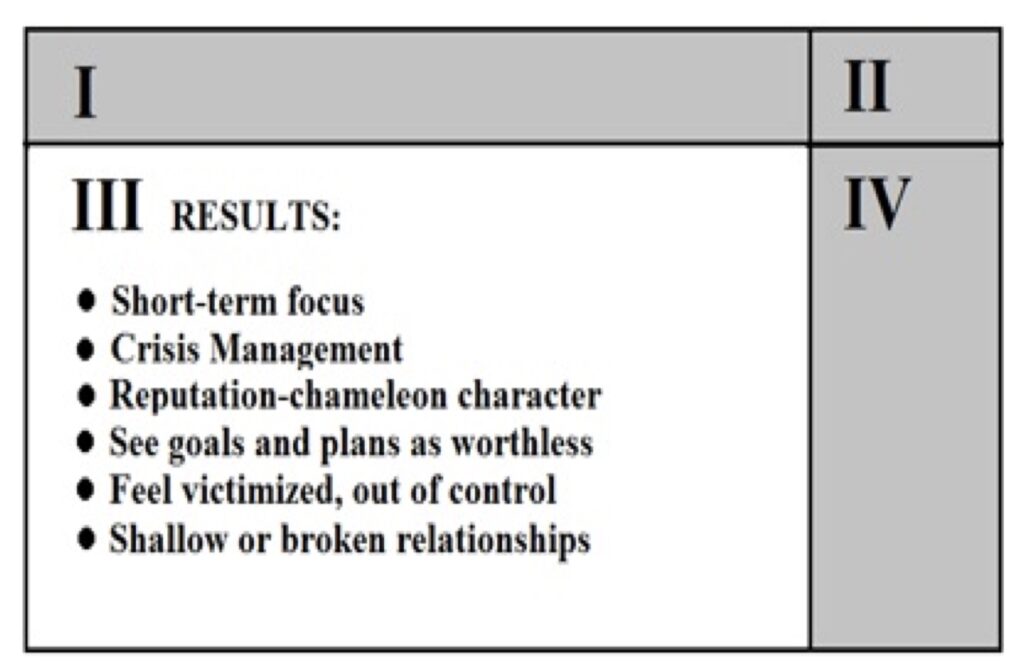
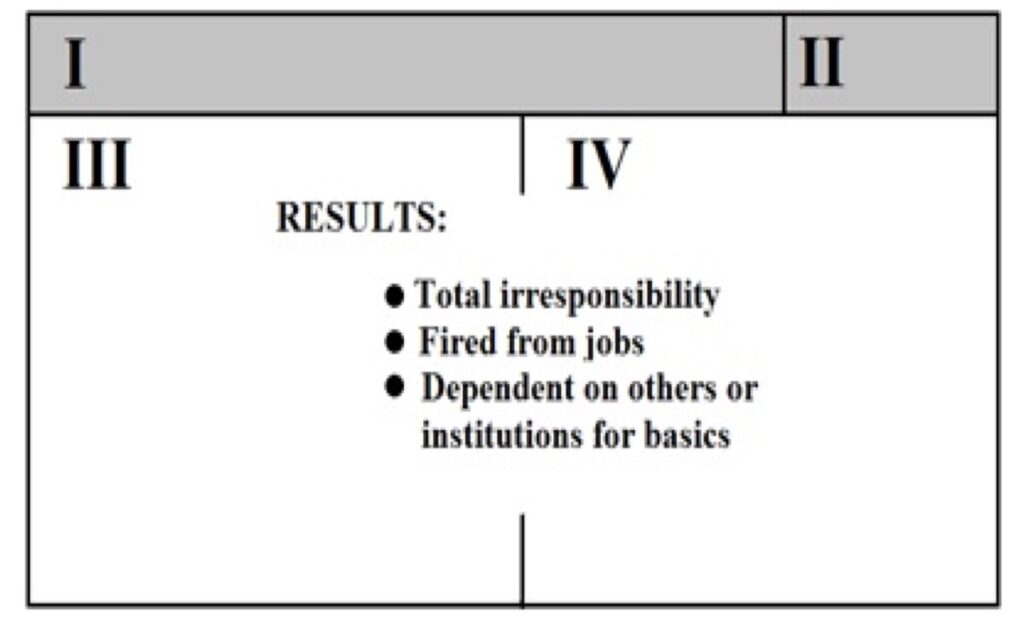
- A Highly effective chart looks like the below chart. If you want to get something done, give it to a busy man!
- Remember – you think effectiveness with people and efficiency with things. Efficiency with people never works out!
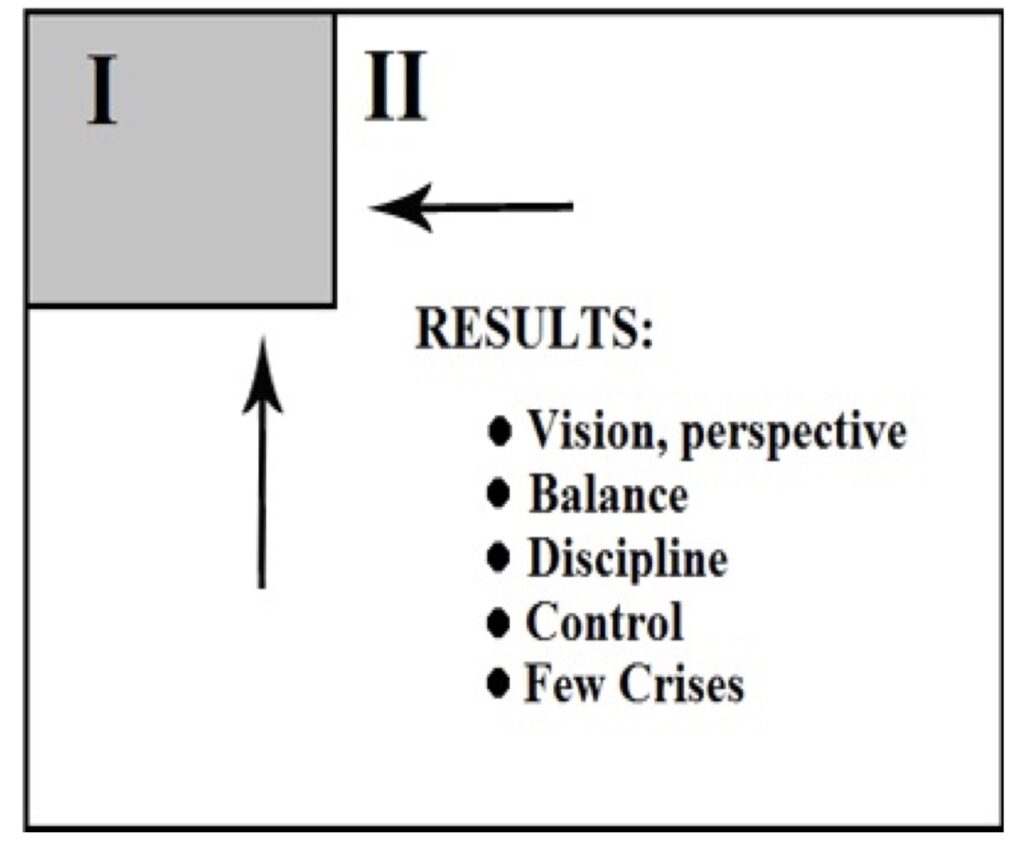
- Management is essentially moving the fulcrum over, and key to effective management is delegation. Delegation is of 2 types – gofer delegation (you instruct each step) and stewardship delegation (make them accountable for results and let them choose the means)
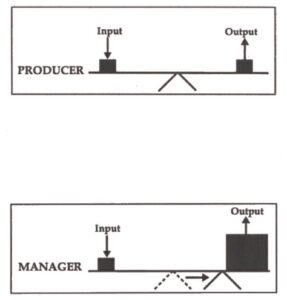
- Honesty is telling the truth – conforming our words to reality. Integrity is conforming reality to our words. One way to manifest integrity is to be loyal to those who are not present
Now we move to public victory
Habit 4: Think Win/Win
- Win/Win is not a technique. It’s a total philosophy of human interaction. One of the 6 paradigms of interaction (w/w, l/l, w/l, w, l/w, w/w or no deal)
- It is easy to say w/w is idealistic and the real world out there is tough and ruthless. If you’re not out playing the game, you just can’t make it. Try going w/l with customers. No customer! Try going l/w with customers. No margin! This doesn’t work even with suppliers as you are the customer of suppliers
- W/w is the only practical long term solution. 5 dimensions of w/w –
-
- Character
- Relationships
- Agreements
- Structure
- Systems
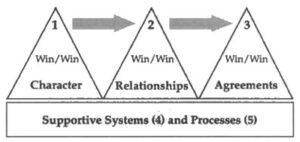
- 5 important things in agreement: desired results, guidelines, resources, accountability and consequences
- For w/w to work, the systems have to support it. The training system, the planning system, the communication system, the budgeting system, the information system, the compensation system!
Habit 5: Seek first to Understand, then the be Understood
- If you want to be really effective in the habit of interpersonal communication, you cannot do it with technique alone. You have to build the skills of empathic listening on a case of character that inspires openness and trust
- The biggest problem with most of us is we’re filled with our own rightness, our own autobiography that we project on other people. We listen on either of the 4 levels –
-
- Ignoring
- Pretending
- Selective listening
- Attentive listening (school)
- What we need to practice is 5th form – empathic listening. Satisfied needs do not motivate. Next to physical survival, thee greatest need of human being is psychological survival – to be understood, affirmed, validated and appreciated. 4 autobiographical responses – we evaluate, we probe (basis our frame of reference), we advise or we interpret. These come naturally to us
- Now comes the second part – to be understood. You’ve to follow the methods of effective presentation. It can be done via the sequence of:
- ethos (trust that you inspire)
- pathos (empathic side by understanding other person’s emotion)
- logos (the logical and reasoning part).
Habit 6: Synergise
- When properly understood, synergy is the highest in all life – the true test and manifestation of all the other habits put together. Believing that the sum of whole is greater than the individual pieces
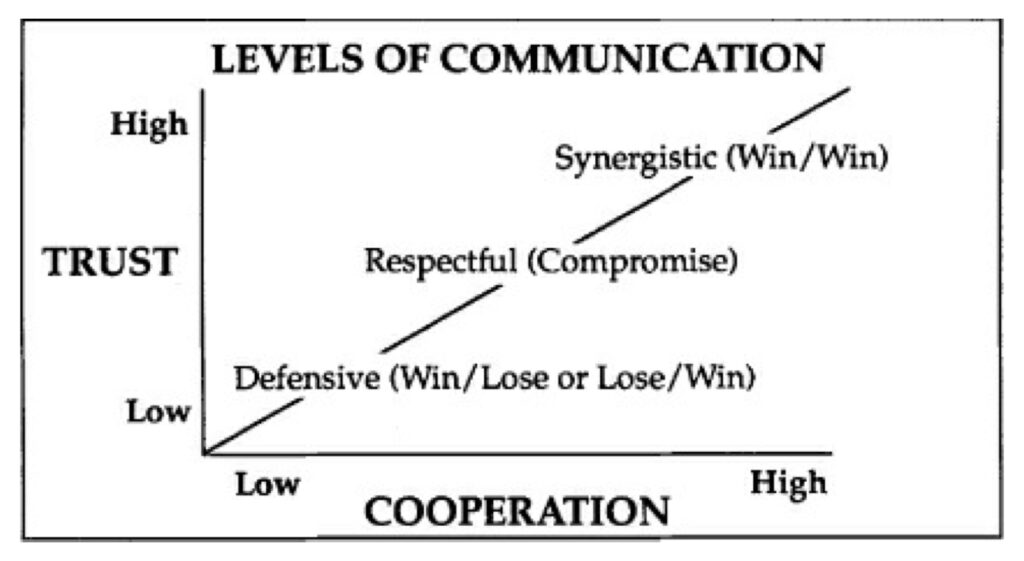
- Trust and cooperation form the necessary communication for synergy. The very strength of any relationship is in having another point of view. Sameness is uncreative, boring. Life is just not logical… it is also emotional. Manage from the left. Lead from the right!
Habit 7: Sharpe the Saw
- It is about taking time to sharpen the saw. About renewal (a personal PC).
- 4 dimensions of renewal are –
-
- physical (exercise and nutrition)
- social (service, empathy)
- spiritual (value clarification and meditation)
- mental (reading, visualising)
- Work on these dimensions of our nature, regularly and consistently in wise and balanced ways. We have distorted paradigms that make us feel we don’t have sufficient time to sharpen the saw. The only way to do it is just by doing it
There is a gap or a space between stimulus and response, and the key to both our growth and happiness is how we use that space!
I intended to write you a bit of word to finally thank you as before considering the splendid secrets you have shared here. It’s really strangely generous of you to convey unreservedly exactly what a lot of folks would have marketed as an e book to end up making some dough for themselves, precisely considering the fact that you could have done it in case you considered necessary. These pointers as well acted to provide a good way to fully grasp some people have similar eagerness the same as my own to understand a lot more when it comes to this issue. I’m certain there are a lot more pleasurable occasions in the future for many who find out your website.